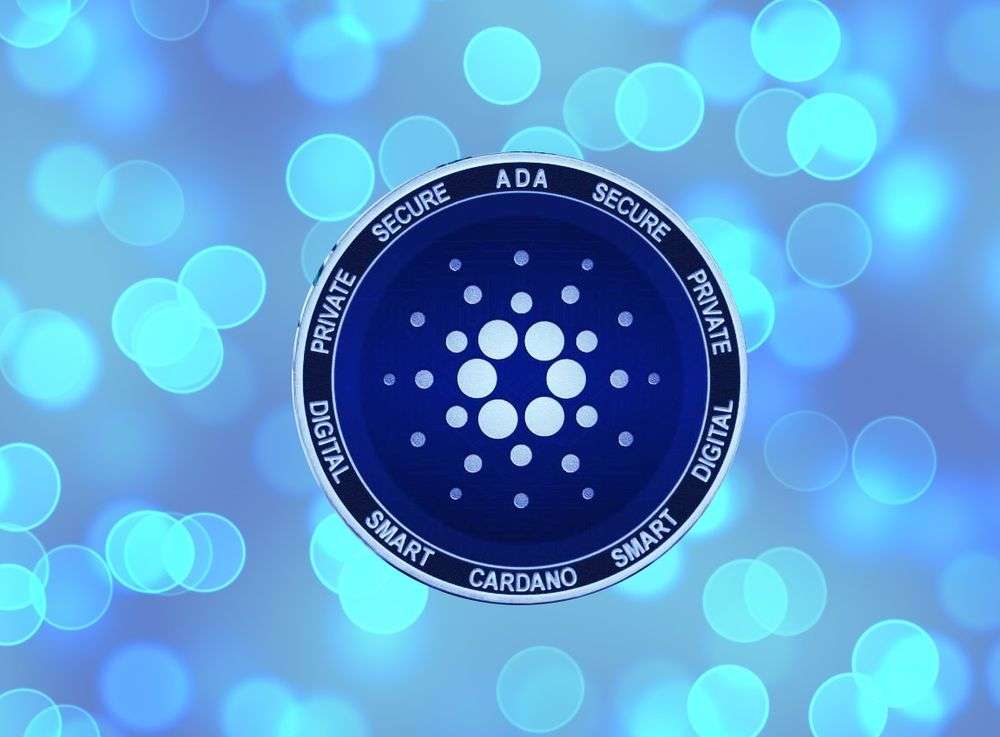
- Decentralized exchange SundaeSwap recently made a deployment on Hydra showing its ability to accomplish very fast settlements.
- Cardano’s Hydra is aiming for one million TPS with a latency period being less than one second.
One of the major challenges for blockchain networks is addressing the scalability issues as thousands of new users join every day. The Cardano blockchain network is one such platform that actively working to address this matter.
The Cardano has been actively working on its Layer-2 scalability solution Hydra. The Hydra protocol will work atop the existing Layer 1 Cardano blockchain. The Hydra scalability solution seeks to address several concerns while ensuring an optimum fee structure acceptable to both – validators and users.
Thus, the Hydra protocol seeks to minimize latency, maximize throughput, incur low to no costs, as well as reduce storage requirements significantly. It seeks to achieve a throughput that will cater to applications in the real world. This includes identification, payment, gaming, or mobile services.
By leveraging the power of Hydra, Cardano-based decentralized exchange (DEX) SundaeSwap achieved a major milestone last weekend. It recently showed a small demo of very fast settlement by deploying SundaeSwap on the Cardano blockchain network. The announcement noted:
Today our team is excited to demo something we’ve been hard at work on for months: SundaeSwap on Hydra! While a ways out, this is an important milestone in not just our scaling journey, but Cardano’s as well.
This development will encourage a lot of decentralized exchanges to set up their platform on the Cardano blockchain in the future.
Today our team is excited to demo something we’ve been hard at work on for months:
SundaeSwap on Hydra! While a ways out, this is an important milestone in not just our scaling journey, but Cardano’s as well.
We’ll provide detail later, but in the meantime check out our video⬇️ pic.twitter.com/eRyUPT88QL
— SundaeSwap Labs 🍨 (@SundaeSwap) October 14, 2022
Cardano Hydra – Achieving one million TPS
If the blockchain platforms have to compete with legacy systems such as Visa and Mastercard they have to offer throughput to the scale of millions of transactions per second. With the Hydra protocol, the Cardano blockchain is taking up this challenge on its sleeves.
When it comes to scalability, one of the sole metrics of consideration is transactions per second (TPS). On the existing Cardano blockchain, the minimum latency is 20 seconds for adding one block. However, in Layer 2 protocols like the Hydra, it is possible to attain confirmation times of less than a second.
Cardano believes that the Hydra protocol can help it achieve the aspirational target of one million transactions per second (TPS). “Throughput measured in TPS per Hydra head is secondary, and mostly limited by the available hardware. In principle, by adding increasing numbers of Hydra heads to the system, arbitrarily high throughput can be achieved by the system as a whole,” notes Cardano’s parent group, Input Output Global (IOG).
Cardano noted that they will continue to develop the Hydra-node and the Hydra Head protocol until it becomes a stable foundation for the community.
This news is republished from another source. You can check the original article here

Be the first to comment